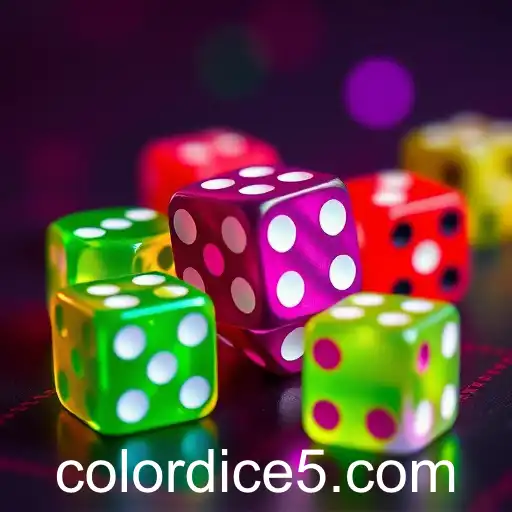
Exploring the revival of color dice in modern gaming, its cultural impact, and current trends.
Color dice, a classic yet often overlooked component in the realm of board games, are experiencing a surprising revival in 2025. This resurgence aligns with a broader trend of nostalgia-driven gaming, where players are rediscovering the tactile joy of physical game pieces amidst the digital gaming landscape. As we delve into the factors contributing to this renewed interest, it becomes evident that color dice have become more than simple game tools; they are now a symbol of creativity and shared experiences in the analog gaming world.
The increase in popularity can be attributed to several key influences. Firstly, tabletop board games have witnessed a significant boom. The recent pandemic-induced isolation periods spurred many to seek out more interactive, face-to-face activities with family and friends. This shift has kept momentum even as societies have returned to normalcy, solidifying the presence of board games as a staple of social entertainment.
Furthermore, color dice games have captivated diverse age groups, from schoolchildren to adults seeking a break from screens, aiding in cognitive development and social interaction. For children, games like Candy Dice and Doodle Dice help develop color recognition, counting skills, and strategic thinking. For adults, these games offer a nostalgic escape, reminiscent of simpler times.
Game designers are smartly capitalizing on this interest by integrating color dice into innovative game design, balancing tradition with modern gameplay mechanics. This includes hybrid games that blend digital interfaces with physical dice, offering something fresh for both tech enthusiasts and purists.
The cultural impact of color dice extends beyond entertainment. Educators are incorporating them into curriculums to create engaging learning experiences, especially in fields like mathematics and probability. This educational aspect highlights the versatility of color dice, providing both fun and functionality.
Looking forward, the dynamics of color dice usage in games are expected to continue evolving. As new game developers emerge, we anticipate a wave of creative interpretations that will keep this foundational element fresh and relevant in a rapidly changing world. Eventually, color dice might also become a piece of collectible nostalgia, cherished by gaming enthusiasts seeking to preserve a beloved part of their gaming journey.
The journey of color dice from mere gaming accessory to cultural icon is a testament to the lasting value of tactile, social gaming experiences. As the gaming landscape evolves, the simplicity and joy of color dice will continue to captivate and inspire new generations of players.




